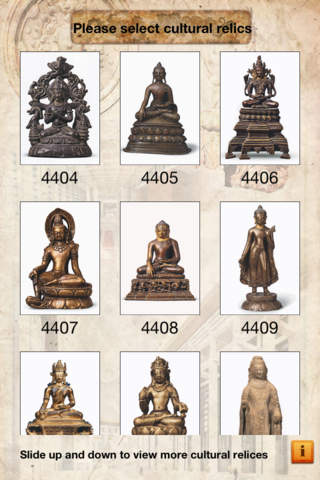
National Museum of China - Ancient Chinese Buddhist Sculpture
Buddhism originated in the 6th century BC in ancient India. In the 1st century AD, the earliest Buddhist sculpture emerged in Gandhāra (a region in the northwest of ancient India) showing Greco-Roman influence. After Buddhism spread to China around the 1st century AD, Buddhist sculpture incorporated traditional Chinese elements, gradually resulting in a unique Chinese style.
The themes, materials, and techniques in ancient Chinese Buddhist sculpture vary according to region and period, as exemplified by: the finely-carved stone sculptures from Qingzhou (in Shandong Province); the radiant bodhisattva combining Chinese and Indian styles carved in the grottoes at Tianlongshan (in Shanxi Province) during the high Tang; the elegant wood-carved bodhisattva of the Song Dynasty; and the gilt-bronze figures of Tibetan Buddhism produced by imperial workshops in the Ming Dynasty. These images illustrate the evolution of Chinese Buddhist sculpture and inspire understanding about the philosophy of Buddhism through artistic expression––the perfect match of religious belief and aesthetics.



